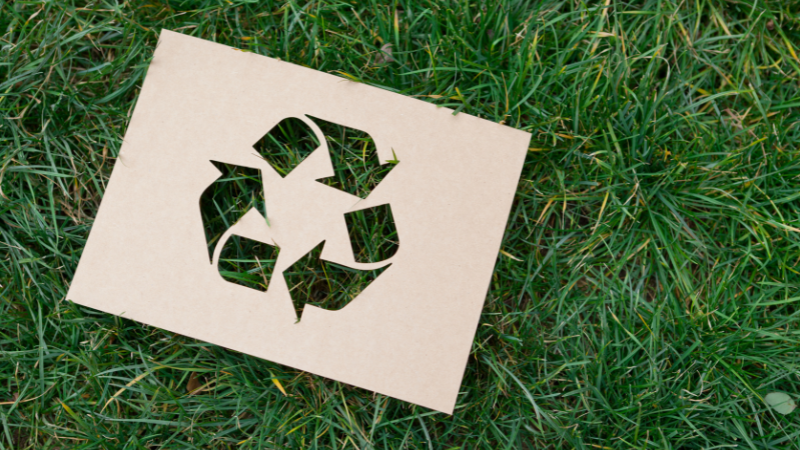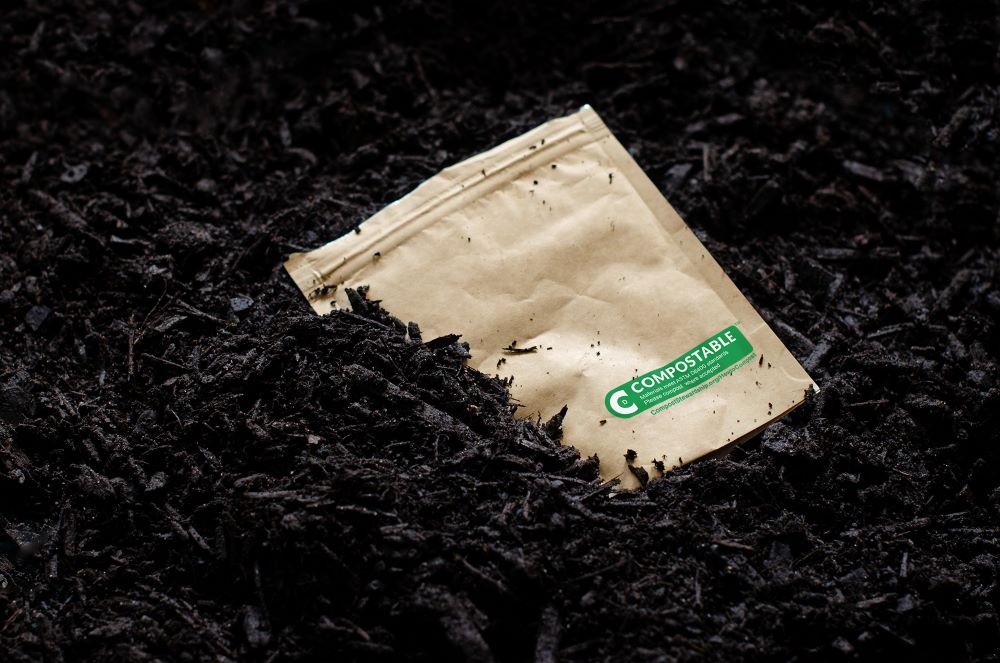As environmental concerns continue to rise, consumers increasingly seek brands that prioritize sustainability, especially in packaging. Eco-friendly product packaging not only helps reduce waste but also plays a crucial role in shaping consumer perceptions and purchasing decisions. Understanding what consumers really want from eco-friendly packaging can give your brand a competitive edge and foster long-term loyalty.

1. Transparency in Sourcing
Consumers today are more informed and concerned about the origins of the materials used in product packaging. They prefer brands that are transparent about their sourcing practices and materials. Here are some insights:
- Clear Communication: Brands should communicate the sustainability of their packaging materials, whether they are recycled, biodegradable, or sourced from renewable resources.
- Certifications: Eco-labels and certifications, such as FSC (Forest Stewardship Council) or compostable logos, provide credibility and assurance to consumers about the environmental impact of packaging.
2. Minimalist Design
Minimalism isn’t just a design trend; it reflects a broader commitment to sustainability. Consumers appreciate packaging that avoids excessive materials and focuses on functionality. Key aspects include:
- Less is More: Brands should aim for simple packaging designs that minimize waste while still protecting the product.
- Recyclable and Reusable Materials: Consumers are drawn to packaging that can be easily recycled or repurposed, enhancing the product’s lifecycle.
3. Durability and Protection
While sustainability is essential, consumers still expect packaging to protect the product effectively. Eco-friendly packaging must balance environmental responsibility with durability. Consider the following:
- Quality Materials: Using sustainable materials that provide adequate protection without compromising the product’s integrity is vital.
- Functionality: Packaging should be user-friendly, easy to open, and designed for product preservation, such as resealable options for snacks or liquids.
4. Aesthetics That Reflect Values
Eco-conscious consumers often look for packaging that aligns with their values and lifestyle. Attractive design can make a significant impact. Brands should consider:
- Natural Aesthetics: Using earthy tones, organic shapes, and textured materials can evoke a sense of sustainability and connection to nature.
- Storytelling: Packaging that tells a brand’s sustainability story can resonate with consumers, making them feel more connected to the product and brand.
5. Innovative Materials and Solutions
Consumers are eager to see brands embrace innovative solutions in eco-friendly packaging. New materials and technologies can enhance sustainability efforts:
- Biodegradable Plastics: Materials that decompose naturally reduce waste and are increasingly favored by environmentally conscious shoppers.
- Plant-Based Packaging: Consumers appreciate packaging made from renewable resources, such as plant fibers, which can offer similar durability to traditional materials.

6. End-of-Life Solutions
Understanding what happens to packaging after purchase is crucial for eco-conscious consumers. They prefer brands that provide clear end-of-life solutions for their packaging:
- Recycling Instructions: Clear guidance on how to recycle or dispose of packaging properly can help consumers make responsible choices.
- Take-Back Programs: Some brands offer initiatives to return used packaging for recycling or repurposing, enhancing customer engagement and demonstrating commitment to sustainability.
7. Value for Money
While sustainability is a priority for many consumers, they also seek value. Eco-friendly product packaging should not only be sustainable but also affordable. Brands can achieve this by:
- Cost-Effective Materials: Exploring budget-friendly sustainable materials without sacrificing quality can attract cost-conscious consumers.
- Marketing Sustainability: Effectively communicating the value of sustainable packaging can justify any potential price increase, emphasizing long-term benefits for the environment and health.
Conclusion
Eco-friendly product packaging is no longer just a trend; it’s a necessity driven by consumer demand. Brands that understand and respond to what consumers really want—from transparency and minimalist design to durability and innovative materials—will not only enhance their market position but also contribute positively to the environment. By aligning packaging strategies with consumer values, brands can foster loyalty and drive sales while championing sustainability. Embracing eco-friendly practices in product packaging is an investment in the future, benefiting both the planet and your brand.

